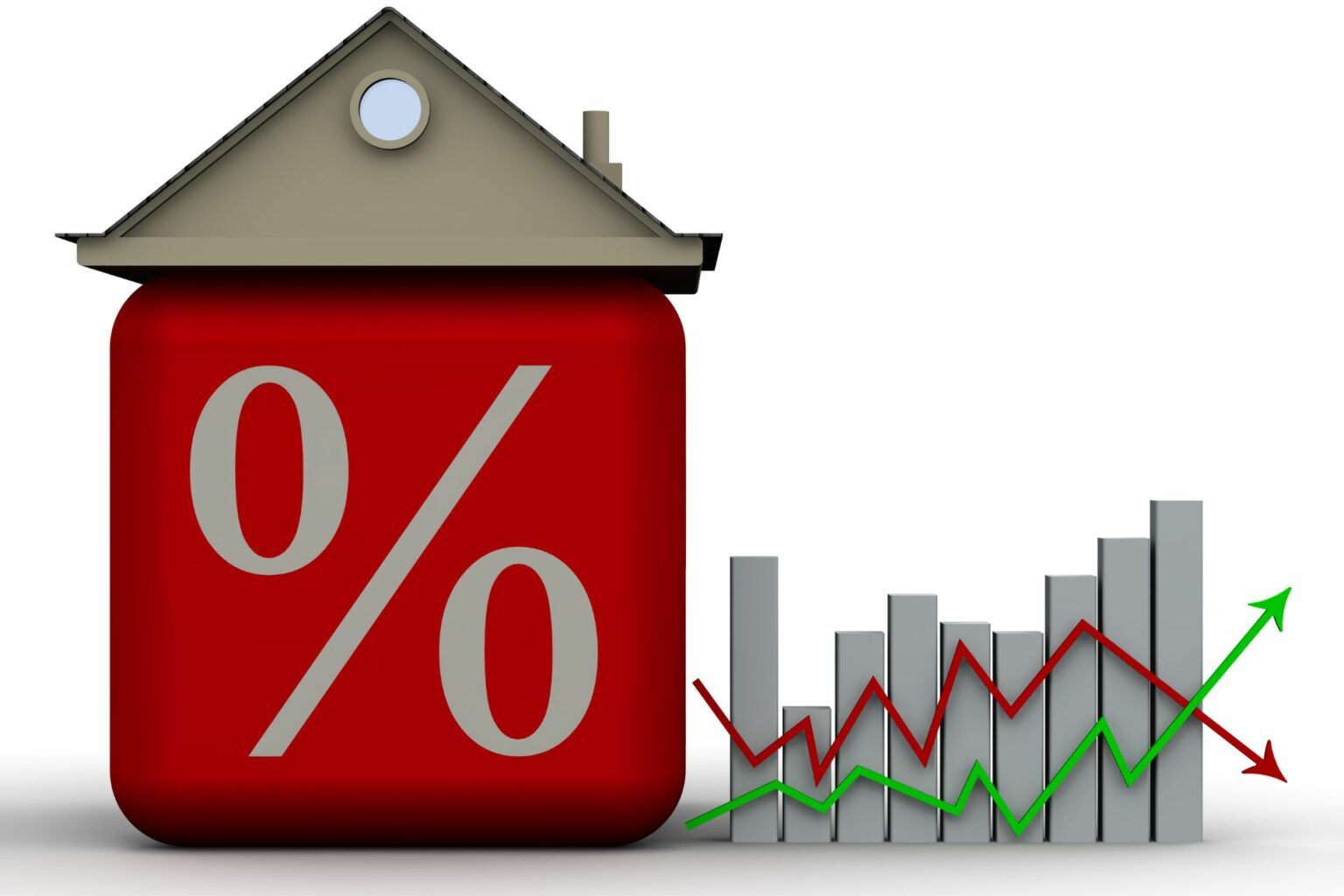For over a decade, the mortgage market has thrived on historically low-interest rates. This created the perfect environment for homebuying and refinancing. But, in recent times, this familiar landscape, that for many was all they had ever known as a homeowner, has experienced significant shifts. This has marked the departure from the long-standing low-rate scenario. In our latest blog, we take a look at how the rapidly changing mortgage interest rates have impacted the housing market.
The Era of Low-Interest Rates: A 15-Year Journey
For the past 15 years, people looking to take their first steps in property ownership and existing borrowers have enjoyed an extended period of remarkably low-interest rates. These favourable conditions propelled the housing market, allowing individuals to enter homeownership, refinance existing loans, borrow more money for renovations or debt consolidation, or invest in property ventures. The consistent downward trend of interest rates during this period established a sense of stability and affordability within the mortgage industry. These low rates were further reduced as a result of the economic measures put in place to ease financial pressures during the Covid pandemic.
The UK mortgage market witnessed some incredibly low rates. Rates can vary significantly based on various factors, but here are a few statistics to give you an idea of the lowest rates recorded:
- Fixed-Rate Mortgages: For fixed-rate mortgages, some lenders offered rates as low as 1% or even slightly below for certain terms, especially during promotional periods or for borrowers with larger deposits (typically 40% or more).
- Variable-Rate Mortgages: Variable rates, including tracker mortgages, were often linked to the Bank of England Base Rate. At certain points, tracker mortgages were available with rates as low as 0.9% or slightly lower, depending on the lender and the specific terms.
- Record-Low Rates: In some cases, selected lenders offered record-low rates on short-term fixed-rate deals, dipping as low as 0.9% or even slightly lower for a brief period, though these ultra-low rates might have been available for specific borrowing criteria or durations.
The Dynamic Market of the Past Year: A Contrast to the Status Quo
In a real contrast to this longstanding trend, the past year witnessed an unprecedented dynamic within the mortgage market. Fluctuating economic conditions, global events, and policy changes led to an environment marked by interest rate volatility. Borrowers experienced the end of the predictability of low rates, encountering fluctuations and adjustments in mortgage interest rates.
In the summer of this year, mortgage rates in the UK rose to the highest level since the 2008 financial crisis. Average rates rose to more than 6.66%, according to Moneyfacts. Just surpassing the highs that were reached in Autumn 2022 following the mini-budget package of unfunded tax cuts that rocked the financial markets. The Bank of England unexpectedly raised the base rate by 0.5% to 5% at its June meeting and this caused lenders to increase rates, remove products and take yet another look at their longer-term market predictions. Then in September, the Bank of England kept the rate the base – the first time in two years. They again did the same in the meeting in November. This has seen more products return to the market and rates begin to fall – with the best two-year fixed rates still just over 6% and five-year fixed rates just under 6%.
Factors Driving the Market Shift
Several factors contributed to this mortgage market shift, including:
- Economic Indicators: Changes in inflation rates, with inflation hitting double digits, employment numbers, and GDP growth influenced market sentiments, impacting interest rate trends.
- Central Bank Policies: Adjustments in the Bank of England policies, including rate hikes or cuts, had a direct effect on mortgage interest rates.
- Global Events: Geopolitical events or global economic shifts, such as the pandemic’s aftermath, wars and trade policies, influenced market volatility.
Impact of Mortgage Interest Rates on Borrowers and the Housing Market
The shift in interest rates brought about a number of other implications for borrowers and the housing market:
- Affordability Challenges: Higher rates began to limit affordability, impacting homebuyers’ purchasing power.
- Refinancing Dynamics: Borrowers faced fewer choices regarding refinancing options as rates fluctuated, leading to strategic decisions based on market movements.
- Market Dynamics: The housing market experienced shifts in demand and supply dynamics, with potential impacts on home prices and sales activity.
Navigating the Current Mortgage Interest Rate Landscape
For borrowers navigating the current landscape, it’s important to stay up to date.
- Market Awareness: Staying informed about market trends and economic indicators becomes crucial when considering mortgage options.
- Consulting Experts: Seeking guidance from mortgage professionals helps in understanding personalised options during this ever-evolving market.
- Long-Term Planning: Considering long-term goals while making borrowing decisions helps in managing rate fluctuations effectively.
Embracing Change: Future Prospects
As the market continues to evolve, embracing change becomes essential. While the past year illustrated the market’s adaptability and resilience, it also showed the importance of informed decision-making in a dynamic mortgage landscape. Adapting to market fluctuations and leveraging available options will be instrumental for borrowers seeking to fulfil homeownership dreams or re-evaluate existing mortgage situations. The mortgage interest rate landscape has undoubtedly undergone a transformation one that many have never witnessed. Navigating these changes requires a balanced approach, informed choices, and a proactive mindset. We are here 7 days a week and all of our advice and the services that we offer are fee-free. So don’t try to understand this new interest rate landscape alone get in touch with us today.
